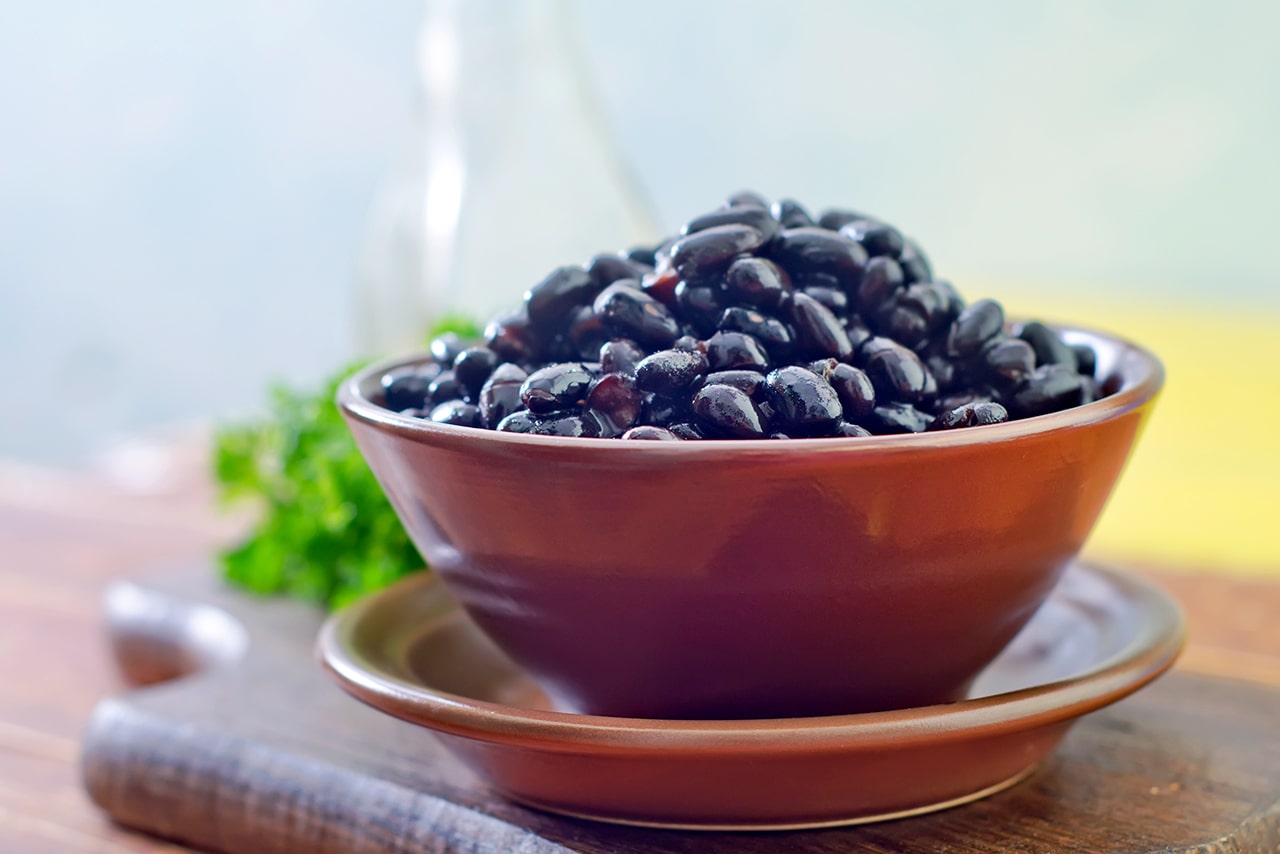[Mood Tip: Avocados are high in fat, but the fat is heart- and body-friendly monounsaturated fat. Research shows that including some of these fats in the diet (from nuts, seeds, olives, or avocados) helps with weight loss, possibly because they are so satisfying that we eat less later in the day.]
This refreshing salsa goes well as a topping on tacos, burritos, wraps, scrambled eggs, or as a dip for baked tortilla chips.
Ingredients:
1 large avocado, peeled, pitted, and chopped
1/2 cup tomato, diced
1/4 cup red onion, diced
1/4 cup corn (best if pan-seared until toasted)
2 tablespoons fresh cilantro, chopped
1 tablespoon fresh lime juice
1 tablespoon canned chilies, drained and diced
salt to taste
Directions:
Combine all ingredients in medium-size bowl. Cover and refrigerate for one hour before serving. Makes 2 cups or 4 servings.
Nutritional Analysis per serving: 102 Calories; 64 percent fat (7.2 grams); 1 gram saturated fat; 6 percent protein; 30 percent carbohydrate; 2.5 grams fiber.
If you are looking for the highest quality Vitamin and Mineral Supplements personalized for you, please go to www.personanutrition.com and take their on-line questionnaire providing individualized vitamin and mineral recommendations. Persona is the only Science Based supplement provider on the web today! Take advantage of their knowledge and use it to your health’s benefit!
This information is not intended as a substitute for the advice provided by your physician or other healthcare professional or any information contained on or in any product label or packaging. Do not use the information from this article for diagnosing or treating a health problem or disease, or prescribing medication or other treatment. Always speak with your physician or other healthcare professional before taking any medication or nutritional, herbal or homeopathic supplement, or using any treatment for a health problem. If you have or suspect that you have a medical problem, contact your health care provider promptly. Do not disregard professional medical advice or delay in seeking professional advice because of something you have read in this article.










